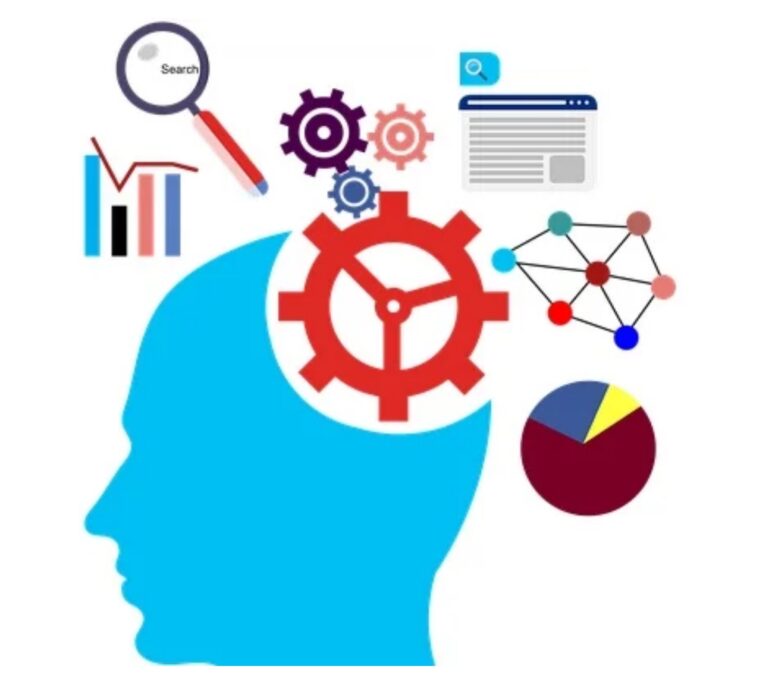Although there is a lot of lip service about being customer centric and patient centric, and everyone has a customer journey map for their patients and physicians, but how valid is it for their customers? Each of your target customers (be it payers, physicians or patients) will come to your brand in a different sequence of touchpoints, and this sequence will differ from person to person.
Complicated Customer Journeys
Part of the reason the sales engagement process can be less effective is because your customers come to your product in their own unique way and, in reality, it is far more complicated than the lovely linear customer journeys that one typically sees. In fact, the bottom line in the approach is that you must be creating and distributing relevant content in the right touchpoint or channel in the right sequence to both engage every individual person and deepen their relationship with your brand within their individual journey, to using and becoming loyal to your brand.
In the days of small data, this was not possible. But today everything is possible. In several projects, we have been combining all data sources from our clients’ multiple platforms in multiple countries with multiple brands, integrating, restructuring and combining the data, adding a temporal aspect to it, and then applying Artificial Intelligence techniques to map the individual customer journeys. So we are mapping trillions of customer journeys and able to identify every individual journey, and pull out what that individual person – not a persona (a fictional character to represent a particular customer segment) – needs to become more engaged. This then feeds back into the system to serve up the right content, in the right channel, at the right time straight into the CMS. The data is constantly updated by what is happening in the data sources, which gets fed into the AI, and from there into the CMS, to automate the process for digital touchpoints and to recommend the other channel sequences and content for non-digital channels.
Although most aim to do this, however, despite sophisticated AI powered CMS systems available, they are only tracking the digital journeys and not linking them with all the other data you possess on your customers. Now we can combine all the data to the level of the individual, and predict responses -and that is what digital teams should be helping their brand teams do. The data is constantly refreshed and by doing that we can also see that even individual customers do not stay the same – their journeys also evolve with new experiences and information.
Apply AI to Map Individual Journeys
Big data is the core of the digital economy, and supports innovation and deeper customer engagement. By applying Artificial Intelligence to the big data, we can map the individual journeys to ensure we are serving up the right content in the right channel in the right time, but on top of that, as the customer changes and their journey evolves, we stay on top of the changes needed.
Let me give you a very simple example.
So I was in a pet website wanting to buy an automatic pet feeder. I went to 3 sites and made a choice and bought one. However, for the next 6 months I received emails, ads, pop-ups and more, all essentially saying ‘buy this pet feeder’. If they had been doing what our clients are now doing with our AI, they would have seen that I bought a pet feeder elsewhere online and, now knowing I have a pet and what kind of pet, it would have sent me information on things more relevant to that pet’s lifecycle (flea treatments in summer, etc) linked to related things that I may be looking at online – at the time I am looking (e.g. clicking on flea treatments while buying groceries online). This way it is not an interruption when my attention is elsewhere but relevant to the task at hand and will get my attention. So, they failed with me as they had just used a content management system and a persona.
The same mistake is being made by many Pharma companies who are not powering up their CMS with an extra layer of integrating all their data (big and small, structured and unstructured) and using AI to track and analyze the big data available to them.

